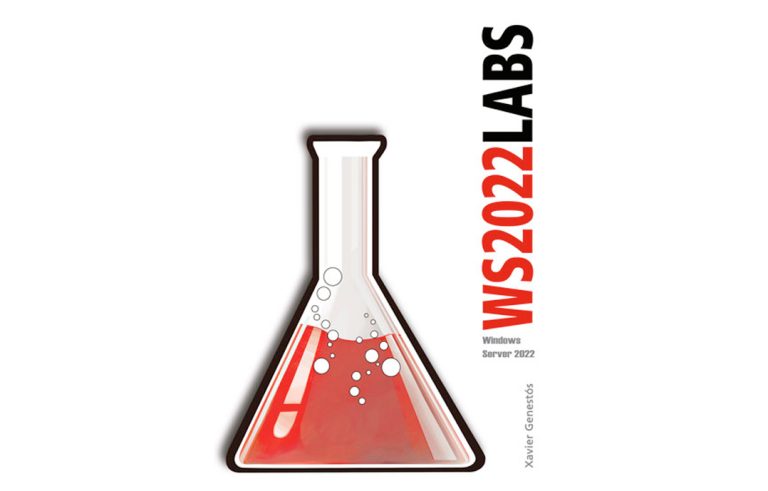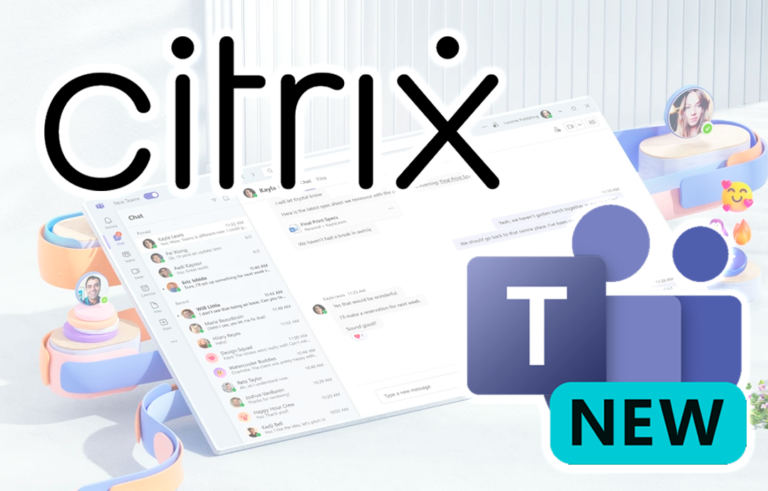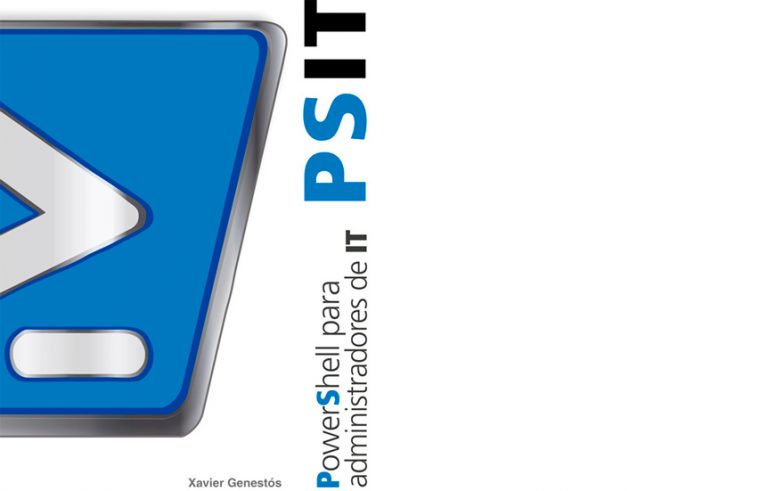Enabling archiving in Exchange 2010 SP1
One of the important features that Microsoft Exchange SP1 brings us 2010 is the possibility of managing the archiving of our users directly in Exchange and being able to store it remotely wherever we are interested, for example in an archive database located on a secondary disk drive (without good performance, no RAID protection…) in order to maintain user mailboxes in accordance with our requirements; This is interesting for specific users who need to have a high volume of stored mail.
The first thing will be to generate some labels that we will later apply in the retention policy that we generate, These labels will indicate the duration of the different mail items in the user mailboxes. In this document we will make a fairly simple configuration: We will require our users to have deleted items automatically emptied to the 7 days of being put in the bin, in addition to the folders generated by the user to organize their email/appointments/calendars… will be moved to the 1 year and finally the rest of the items in your mailbox will be deleted after 2 years (with the possibility of recovery).
To do this,, from the Microsoft Exchange Management Console 2010, in “Organization Settings” > “Mailbox” > eyelash “Retention policy labels” > “New Retention Policy Label…”
We give a name to the label, a guy (which will be the objects affected), a retention limit (in days) and the action you will take when that time is over. In this case we will indicate that the “Deleted Items (of the trash can) Last 7 days are permanently deleted.
Available Label Types: “Inbox”, “Output Tray”, “Drafts”, “Recoverable Items Folder”, “Personal folder”, “Contacts”, “Spam”, “Daily”, “Deleted Items”, “Items sent”, “Conversation history”, “Notes”, “Synchronization issues”, “RSS Subscriptions” and “All other folders in the mailbox”.
Available Hold Actions: “Delete and allow recovery”, “Permanently delete” and “Move to File”.
We can run it through PowerShell with: 'New-RetentionPolicyTag -Name 'NOMBRE_ETIQUETA’ -Type 'TIPO_ETIQUETA’ -AgeLimitForRetention'DAYS’ -RetentionAction 'ACCIÓN_DE_RETENCION’ -RetentionEnabled $true'.
Ok, Now I'll create another tag to indicate that items in users' personal folders are moved to the past file 1 year.
And the latter that is applied to the rest of the items in the user's mailbox will delete past mailboxes with the possibility of recovery 2 years.
And now we will create the retention policy to apply the generated tags and be able to apply them to whoever we are interested in from “Organization Settings” > “Mailbox” > eyelash “Retention policies” > “New retention policy…”
We give the directive a name and from “Add…” We will indicate the labels that we want to apply to that policy, “Following”,
Select “Add…” We select the mailboxes to which we are interested in applying this policy, “Following”,
List!
Once we have the policies created and applied, we can enable the file to our users to be applied, so in “Recipient settings” > “Mailbox” > We will select the users we are interested in and we will mark “Enable file…”
Previously, we will have created an Exchange DB for archiving use only, we will have created it in a secondary NAS/SAN where disk performance is not as important as in the first one or it does not have adequate protection at the RAID level… We will mark “Create a local file” and we scored “Choose a specific mailbox database instead of automatically selecting one” to be able to choose the archiving database we have created.
Here we could indicate that the archive will be hosted directly in the cloud, on an Online Exchange or BPOS, As we can see, in each mailbox that we enable archiving we will need an Exchange Enterprise CAL.
About the properties of a user with a mailbox, on the “Mailbox Features” > “File” we can specify under what name the user will see the archive.
And on the “Mailbox settings” > “File quota” we will see the default values that reach 51200Mb of maximum archiving quota by sending an alert to the user at 46080Mb.
And finally we will be able to check after logging in with the user's mailbox how we already see the archiving and depending on the generated directives the old items will be moved to it or directly deleted. As a requirement, indicate that our users will need Outlook 2007 (with this patch), Outlook 2010 OWA 2010.























































